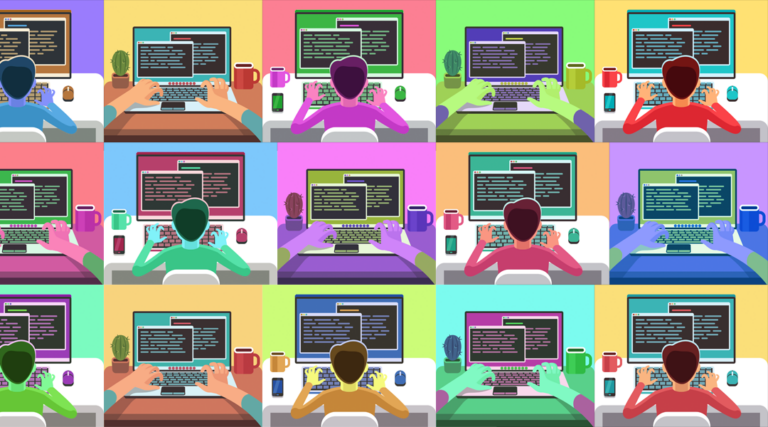
The “new kind of coding” which leaves everything but prompts to AI was declared to “mostly work” last month by former director of AI at Tesla Andrej Karpathy; but the risks of this approach have soon become evident.
Early last month Karpathy, now running AI education start-up Eureka Labs, posted on X about “a new kind of coding I call ‘vibe coding’ where you fully give in to the vibes, embrace exponentials, and forget that the code even exists.”
Karpathy said this was made possible because the LLMs (Large Language Models) are now “getting too good” and that “when I get error messages I just copy paste them in with no comment, usually that fixes it.” He added that “I just see stuff, say stuff, run stuff, and copy paste stuff, and it mostly works.”
Despite Karpathy also saying that “it’s not too bad for throwaway weekend projects,” the term vibe coding has caught on and now has a Wikipedia entry.
Vibe coding can make real money. Game developer Pieter Levels created a game which “went from $0 to $1 million ARR in just 17 days”; just one month ago, he posted on X that “it works!!! A full multiplayer with Python websockets server that receives and broadcasts all player positions every 100ms … all code written almost 100% by AI with Cursor and Grok 3 wrote the server code.” Cursor is an AI-driven editor and Grok 3 a reasoning agent.

Levels organized a Vibe Coding Game Jam which has attracted hundreds of entrants, the condition being that “at least 80% code has to be written by AI.”
Would-be instant game creators should note that Levels was already an experienced game developer and that he does know how to code. In one of many posts on X he said that “being able to read and understand the code” is a key skill for AI-driven development, along with “basic aesthetic taste.”
Another developer said that “vibe coding *IS* awesome but I have been essentially on a 1 month spring to recover from tech debt that was caused by said vibe coding.”
Google’s Addy Osmani, an engineering leader working on Google Chrome, posted in December about the AI coding paradox, that “AI tools help experienced developers more than beginners.” Observing skilled developers using AI, he noted how they refactor code into smaller modules, add edge case handling, strengthen type definitions and interfaces, and add comprehensive error handling, all things driven by their “years of hard-won engineering wisdom.”
The risks of vibe coding were illustrated by an AI coder on X who on March 15th boasted that “my saas was built with Cursor, zero hand written code” and days later confessed that “random things are happening, maxed out usage on api keys, people bypassing the subscription, creating random shit on db … I’m not technical so this is taking me longer than usual to figure out.” Later he posted that “I’m shutting down my app … Cursor keeps breaking other parts of the code.”
It would be wrong to confuse vibe coding with all AI-assisted coding. Open source developer Simon Willison, who is an enthusiast for AI in software development, stated that “I won’t commit any code to my repository if I couldn’t explain exactly what it does to somebody else,” which is almost the opposite of vibe coding where the AI is trusted to do the right thing.
Vibe coding was correctly positioned by Karpathy as “fine for throwaway weekend projects,” or perhaps in a business context, prototypes and demos that are not intended for production.
Between vibe coding at one extreme, and careful, selective use of AI assistance at the other, lies a range of development practices which could be highly productive, highly risky, or in some cases both.
